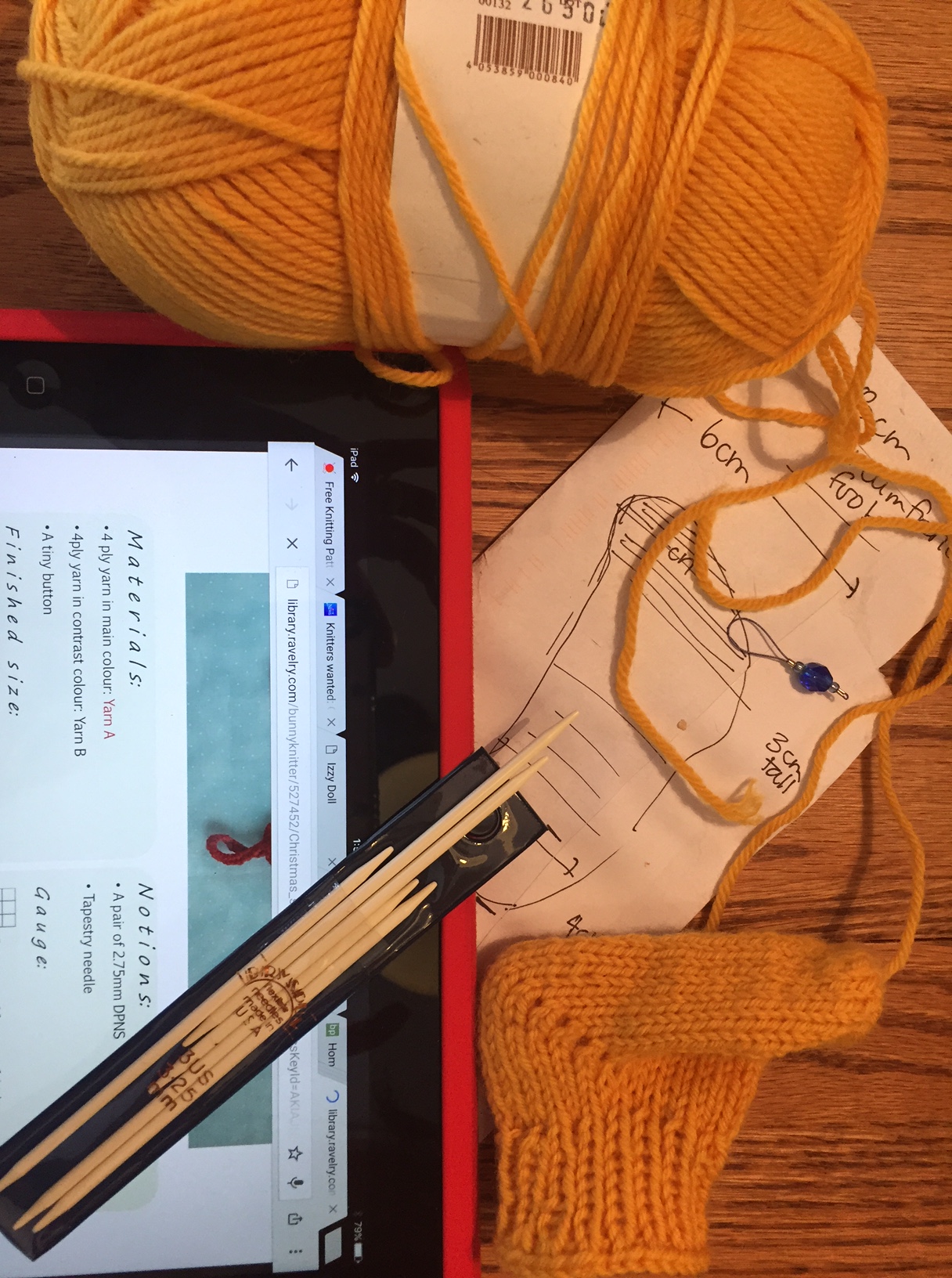How will, and how do, our students navigate an exponentially changing world?

How do they manage workflow, information, projects? How do they know which type of social media best suits their message or their purpose?
How do they know where to find out about job openings, certification opportunities, concerts?
Managing our lives personally and professionally in 2016 requires knowledge of the tools available to us, and the ability to think critically about how to use those tools to best manage ubiquitous information.
Ira Socol has written extensively about this. Toolbelt Theory is very clearly explained here in an easy read that is well worth your time.
Last week, I had lunch with some of my colleagues who are also knitters. What did we talk about? First, “What are you making?’, and then, “What is that you are working with?”.
For example, as I learn to knit wool socks for my granddaughter’s rapidly growing little feet, I need different tools from my other projects. If I want a sock that fits (task), I need to determine how I will try it on her, and when I will work on it (environment), how much I need to learn about this (skills) and then what TOOLS I need to accomplish the task.

Little Chloé lives far from me, so I need to carry an outline of her foot with key foot and ankle measurements, enough pure washable wool for the project, tiny dp needles, and my ipad for the video of how to knit custom toe-up socks (skills). These tools allow me to complete the project.
If I am knitting thrummed wool mittens, I need different tools.

Because I fly every week (environment), I can’t use scissors or a knife to cut thrums (airport security will take them) so I make sure I have something like nail clippers to cut the 3.5 inch thrums, stitch holders for the thumb work, several dp needles of different sizes a needle size template so that I don’t choose the wrong needles while working, and a pattern book because I have not internalized how the pattern works yet (skills).
If I am missing any of these tools, I cannot complete the task.
Knowing which tools to choose, based on what the task is, where I am working, and the skill level I have for that project, will allow me to complete the task.
Similarly, I am always rethinking how I manage personal and professional information, and how I share back with my colleagues.
What tool do I use to gather information quickly?

What tool to I use to organize ideas? More recently, I have been using Google Keep for quick links and for short notes.
I tend to put my learning notes in “Notes”, and both tools migrate seamlessly across all of my devices.

How do I communicate over distances? I use Google Hangout with colleagues 24/7. I just finished Facetiming with my daughter and granddaughter. Yesterday I Skyped with a colleague in Arizona. And each week, I have a number of scheduled phone calls and teleconferences.
I have many tools for many purposes available at my disposal. Choosing the right tool for the task (conversation, share documents, visuals, collaborate), given the environment (office, home, driving, airport, cab) and the skills (are colleagues familiar with collaborative documents or Skype?) is a decision I have to make many times every day.
In 2016, our students need to develop the ability to critically analyze a task, and to choose the tools that are best for them in that situation. This isn’t about “offering choice”, it’s about applying critical thinking skills to the completion of a task.
Earlier this week, I was fortunate to spend time with my Early Years colleagues, and as we talked about the work they are doing around “How Does Learning Happen?”, they expressed their own interpretation of Toolbelt Theory as it applies to young learners.
They asked me why we thought that it was okay to tell older students that they were to do this task on this computer, using this program, at this time. How did this way of thinking respect individual abilities? How did this type of task allow students to demonstrate their learning in the best way they knew how?
As we consider TELT (Technology Enabled Learning and Teaching), how are we ensuring that students are becoming competent in the key digital literacy of understanding tools, and choosing the tool that is most appropriate for them to complete the task?
Resources:
Toolbelt Theory – Ira David Socol
How Does Learning Happen? Ontario’s Pedagogy for the Early Years





One thought on “It IS About the Tools”